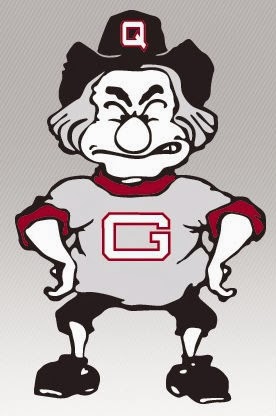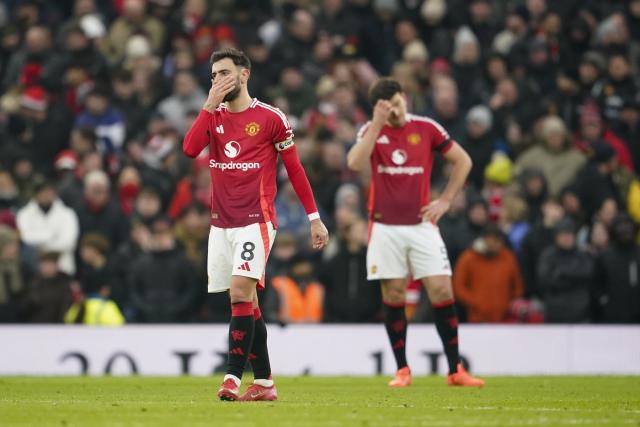“It’s no secret what’s going on in baseball,” said former major league baseball player Ken Caminiti. “At least half the players are using steroids.”
That did not stop MLB community’s unanimous gasp in January. Suddenly, everyone associated baseball with its performance-enhancing drug scandal: Biogenesis.
Former employee Porter Fisher leaked Biogenesis’s documents to the Miami New Times.
The Times chronicled the clinic’s distribution of human growth hormone, testosterone and steroids, all of which MLB illegalized—yet many of the documented customers were MLB athletes.
Of the 13 athletes recorded, New York Yankee third-baseman Alex Rodriguez appeared 16 times since 2009.
Rodriguez was recorded buying HGH creams and other PEDs banned in MLB. He admitted using PEDs from 2001 through 2003, a convenient window when usage was not penalized.
After the Biogenesis allegations, Rodriguez received a 211 game suspension, the longest PED ban in baseball history. Rodriguez quickly appealed the decision.
“Previously, players knew other players were juicing, but didn’t say anything,” said Head Baseball Coach Nick Black. “Now with Biogenesis, the player’s union is starting to speak out … For the future of the MLB, the penalties will become more severe.”
MLB plans to implement stricter PED tests. Coupled with the bi-yearly tests, they hope these additional measures will discourage and catch athletes’ PED use.
But will it be enough?
“When you get a flu shot, the flu shot only takes care of strands the researchers have identified,” said Instructor of Sports Studies Craig Eilbacher. “PED testing is constantly behind the athletes.”
Indeed, sports medicine’s rapid development keeps a foolproof drug test unattainable. A lack of knowledge of new PEDs not only inhibits MLB regulations but imperils athletes’ health.
“If there isn’t an effective testing program, athletes won’t know about dangerous drugs,” Elite Performance chiropractor Jeremy Phillips told The Guilfordian. “Some take them because they’re uneducated about the long-term side effects.”
Side effects include liver cancer, internal bleeding, and kidney tumors.
“Back in the early 1990s, a number of young professional cyclists died,” said Daniel M. Rosen, author of “Dope: A History of Performance Enhancement,” in an email interview. “At the time, EPO was just coming onto the market as a PED.
“Riders used it so much that their blood became too thick … Their hearts just gave out.”
Some healthy, legal alternatives to PEDs include muscle electrostimulation and creatine. They do not have immediate effects like PEDs, but with proper use they get results without health problems or suspensions.
“A perfectly safe drug doesn’t exist,” Penn State University Professor of Sport Science Charles Yesalis told The Guilfordian. “Plus, it detracts from sport if you have to bring chemicals to enjoy the sport and feel fulfilled.”
Baseball players are responsible for their own decisions. However, proper education on PEDs is important to keeping athletes from doping.
“Any athlete’s dream is to become a great professional player,” said former baseball player David Cook ’13 in an email interview. “It takes a high level of discipline to avoid shortcuts, but if one does, it makes the accomplishment exponentially more meaningful.”






